Peace Lily. I killed her!!??
Willami02
12 years ago
Related Stories

MOST POPULARThe Perfect Houseplant for People Who Kill Houseplants
If you can fill a jar with water, you can keep golden pothos vine happy — and it will pay you back with cleaner air and a greener home
Full Story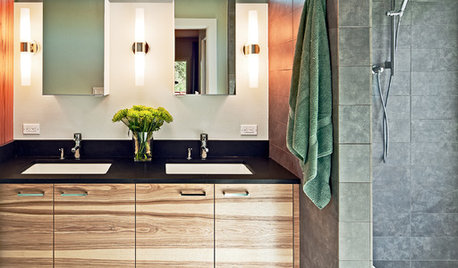
BATHROOM DESIGNA Designer Shares Her Master-Bathroom Wish List
She's planning her own renovation and daydreaming about what to include. What amenities are must-haves in your remodel or new build?
Full Story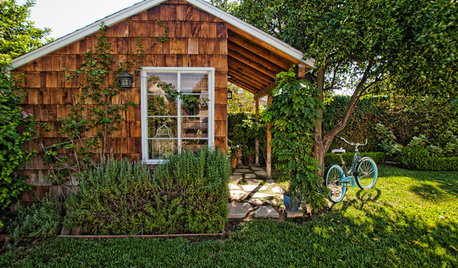
BACKYARD IDEAS7 Backyard Sheds Built With Love
The Hardworking Home: Says one homeowner and shed builder, ‘I am amazed at the peace and joy I feel when working in my garden shed’
Full Story
WINTER GARDENING6 Reasons I’m Not Looking Forward to Spring
Not kicking up your heels anticipating rushes of spring color and garden catalogs? You’re not alone
Full Story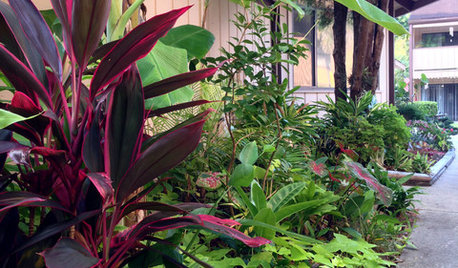
GARDENING GUIDESA Mom, a Garden and a Gift for the Neighbors
Gardening can be therapeutic in unexpected ways. See how one gardener found peace and purpose in a patch of Florida soil
Full Story
GARDENING GUIDESHow I Learned to Be an Imperfect Gardener
Letting go can lead to a deeper level of gardening and a richer relationship with the landscape. Here's how one nature lover did it
Full Story
FEEL-GOOD HOME6 Design Ideas for Happy Pets
Keep your dog or cat feeling safe and in high spirits, and you'll all feel more at peace. Here's how
Full Story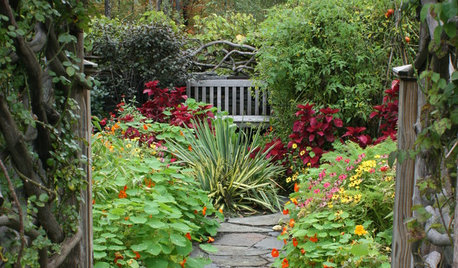
GARDENING AND LANDSCAPING11 Garden Retreats for the Creatively Inclined
Finally finish that novel, opera or oil painting you’ve been working on by drawing inspiration from these peaceful retreats
Full Story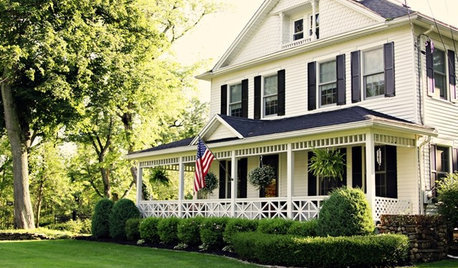
HOUZZ TOURSHouzz Tour: 19th-Century Farmhouse Becomes Home for 5
Susan Duane snags the house of her dreams in her New York hometown
Full Story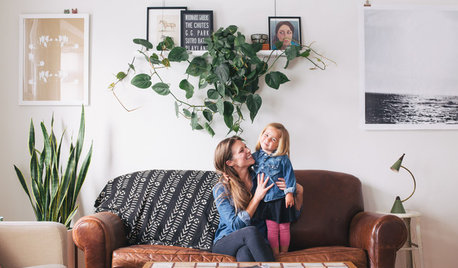
DECORATING GUIDESMy Houzz: Family Home Stays True to Style
A new mother creates a home that’s warm and welcoming for her daughter and yet still reflects her own taste
Full Story








tsugajunkie z5 SE WI ♱
birdsnblooms
Related Professionals
Maple Valley Landscape Architects & Landscape Designers · Citrus Heights Landscape Architects & Landscape Designers · Horsham Landscape Architects & Landscape Designers · Braintree Landscape Contractors · Concord Landscape Contractors · Fort Myers Landscape Contractors · Galveston Landscape Contractors · Kearny Landscape Contractors · New Baltimore Landscape Contractors · Pahrump Landscape Contractors · Red Oak Landscape Contractors · Salmon Creek Landscape Contractors · Uxbridge Landscape Contractors · Silver Firs Landscape Contractors · Baileys Crossroads Landscape ContractorsTiffany, purpleinopp Z8b Opp, AL
Willami02Original Author
tapla (mid-Michigan, USDA z5b-6a)